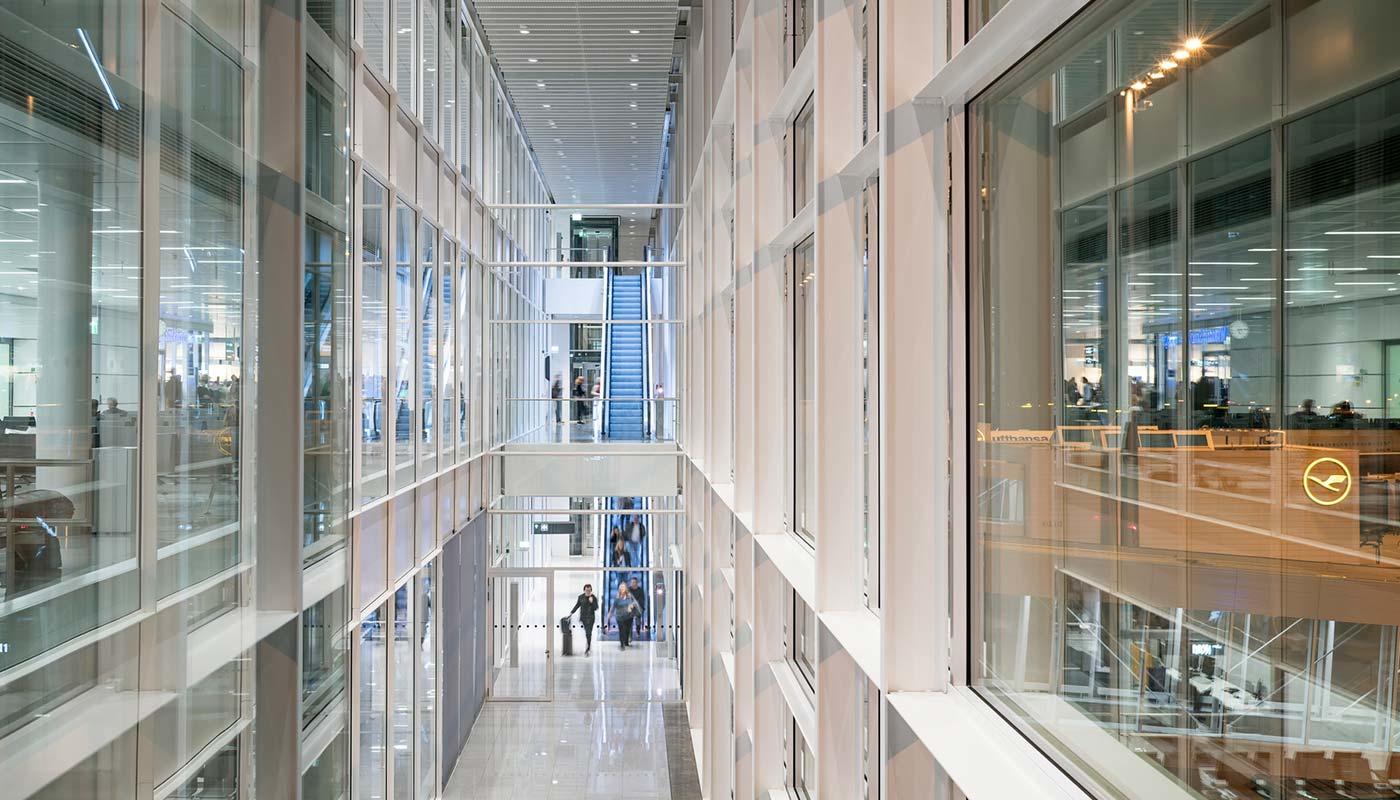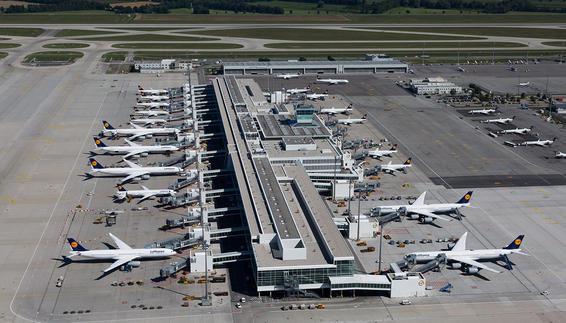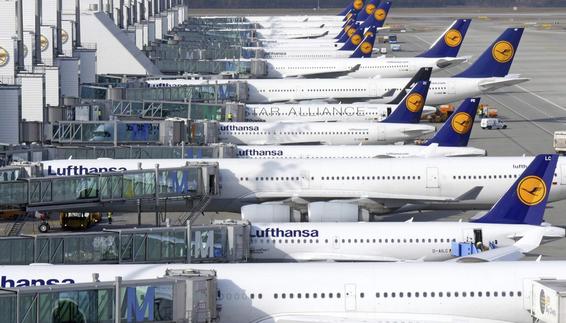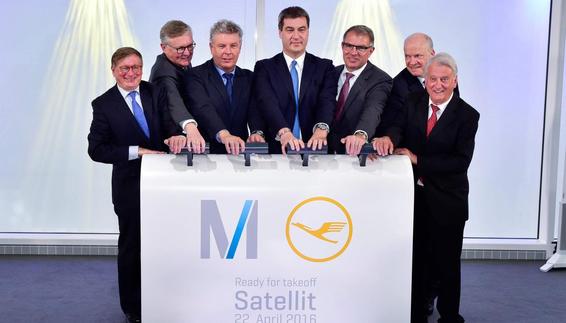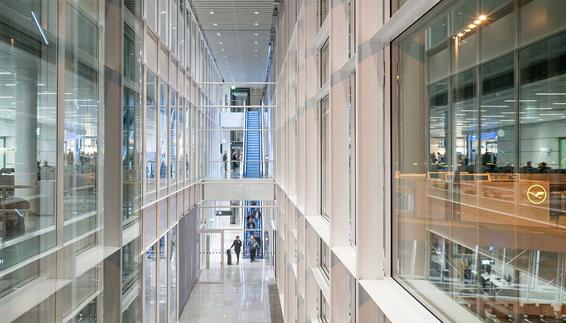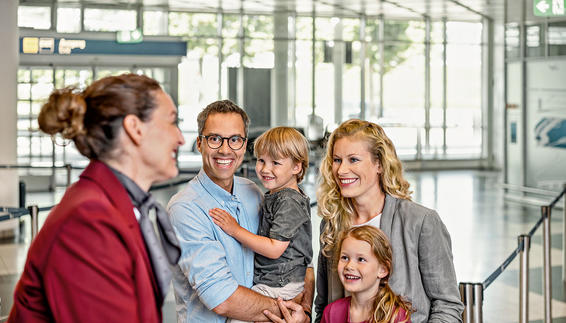16.12.2015
April 2016 sees the opening of the new satellite terminal at Munich Airport, with which the airport will gain a passenger terminal that sets new environmental and energy efficiency standards. The very latest building materials and innovative heating, cooling and lighting technologies will ensure that energy usage is reduced to a minimal level: CO2 emissions generated by the building will be 40 percent lower than those emitted by the airport's existing terminal buildings. Contributing to this reduction are the "climate façades", found on the longitudinal sides of the building, which enable passengers via escalators to change between the building's three passenger levels. These 4.5-metre-wide spaces separate the heated or cooled building properly from the open air and act as an accessible climate buffer. The façade is made of a newly-developed type of glass which allows daylight through, but which – by means of a special coating – keeps out solar radiation, including heat.
The heating and cooling of the satellite terminal is achieved by the use of the airport's heating and cooling systems, the necessary energy being generated by the airport's own CHP (combined heat and power) plant, recently renovated with expanded capacity. With this, the airport produces around 60 percent of the power it needs. The resulting waste heat is used for heating at cold times of the year and for cooling in summer, after being converted in an absorption refrigeration unit.
Primarily, heating and cooling of the satellite terminal building is managed via underfloor conduits. Ventilation occurs via displacement ventilation technology and – the external temperature permitting – naturally, via special openings in the building. The use of an innovative lighting concept with LED lamps also offers further energy-saving potential. The lamps can be individually dimmed in accordance with lighting requirements and are laid out in such a way as to have the optimal effect.
Climate protection in the satellite terminal does not stop at the outerwalls: all aircraft positions will be equipped with so-called “Pre-Conditioned Air Units" (PCA), via which Lufthansa and its partners' aircraft can be heated via the airport's heating network or cooled during summer via the building's own air conditioning system. The use of the aircraft's own kerosene-powered auxiliary power unit is therefore superfluous, leading to a reduction in noise as well as in CO2 emissions.
